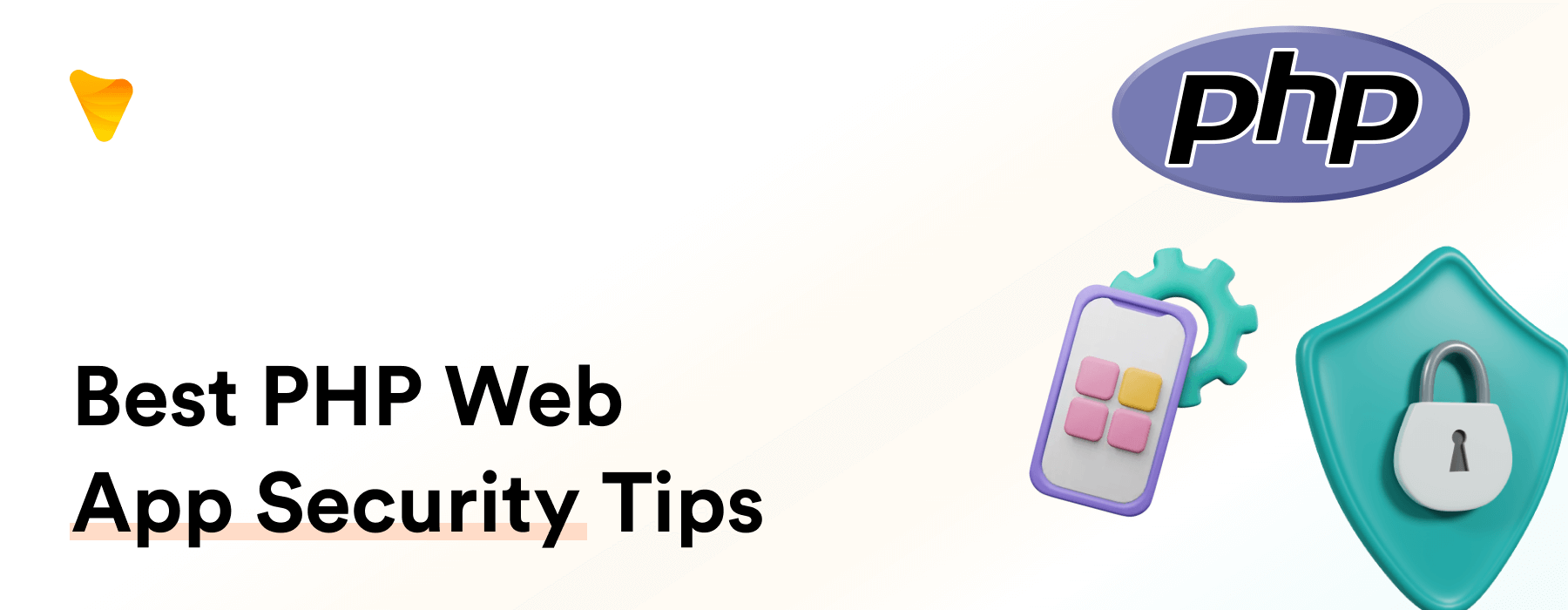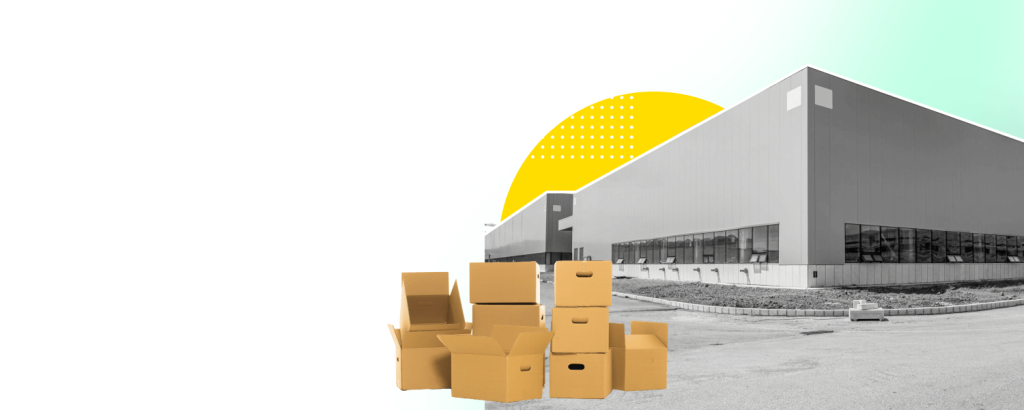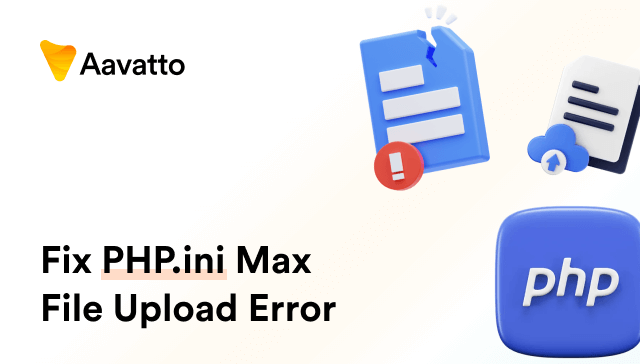
Top Proven Practices for PHP Web Application Security Best Tips
Introduction to PHP Securities
Deciphering the Importance of Web Application Security
Understanding why web application security is crucial is the first step to protecting your web application. Every business, especially those maintaining web apps, should prioritize website security. It’s not about sheltering your data alone but about securely orchestrating user interaction, thereby fortifying the trust your customers invest in your platform. Ensuring this crucial aspect often lies with the dedicated web application developer, whose priority should include safeguarding the PHP backbone of your website from common web threats.
The Significance of PHP in Safeguarding Web Security

PHP is a powerful server-side scripting language that powers nearly 80% of the web. When working with PHP apps, given its widespread use in web development, PHP majestically powers an estimated 80% of the web. Given the central role PHP plays, understanding PHP security issues is crucial to web security. Cementing this secure foundation is vital in preserving user privacy, adhering to regulations, and safeguarding the reputation of your company. Therefore, managing and rectifying PHP errors and ensuring the security of your PHP apps should never be a secondary concern.
PHP Security Best Practices
The Necessity of Coding with Security as a Priority
Prioritizing PHP security best coding practices is crucial for developers. It’s not just a recommendation but a necessity. Adopting these practices significantly lowers the risk of vulnerabilities, enhancing user data security. Be vigilant about potential threats by validating inputs, using CSRF tokens, and monitoring application activity. Comply with security standards and log errors using commands like ‘log_errors=On error_log=/var/log/httpd/php_error’ for added protection. This robust coding strategy not only ensures safety but also boosts the overall performance of your PHP application.
Regular PHP Version Updates: A Necessary Measure for Security
PHP is consistently improved upon. With each new update comes added security and enhanced features, including crucial security fixes. Ensuring you’re using the latest version of PHP is an essential measure for maintaining a secure PHP environment. In line with PHP documentation and supplementary research, avoid using outdated versions, which might lack these critical security patches and become vulnerable over time. This behavior isn’t just recommended—it’s necessary for effective cloud PHP management. Stay updated, be proactive!
Exploring PHP Securities in Depth
Steps to Ensure PHP Files are Uploaded Securely
Secure your PHP application’s file upload system to prevent potential dangers. Rename uploaded files, store them in a restricted-access directory, and validate file types meticulously for user data safety. Utilize htaccess to block unauthorized access and ensure files are stored in a non-public folder, enhancing system integrity and defending against potential attacks.
The Importance of Proper File Upload Validation
Validating file uploads is a necessary step to shield your PHP application against various security risks. One such security measure is consistently implementing a user input form for file uploads. This form checks for input value, type of file, its content, and size. In fact, using PHP’s fileinfo extension facilitates this process by effectively handling input data. Deep-seeded validation should never be underestimated, in fact, consider it your first line of defense as it’s always better safe than sorry.
Implementing SSL/TLS Certificates for Secure Transactions
When transmitting sensitive information, utilizing SSL/TLS is non-negotiable. It not only incorporates the https protocol for encrypting data between your server and the user’s browser but also makes it resilient against eavesdropping. In this realm, an SSL certificate is essential, acting as the ssl statement that provides a secure means of transferring files via HTTPS. They are universally accepted and recommended by all modern browsers like Google Chrome, Opera, and Firefox. These certificates serve as your trust seal on the web, a direct testament to your domain expertise in ensuring user data safety.
PHP Infrastructure, Hosting Measures and Certificates
PHP Infrastructure Configuration: Your First Step Towards Security
A poorly configured PHP infrastructure can have disastrous consequences. Begin your journey toward better security by focusing on the effective implementation of key configurations and fixes. Be meticulous. Tweak your ‘php.ini’ settings based on the PHP documentation; disable unnecessary services, reduce your exposure. Proper functionality is of paramount importance. Remember, there is no substitute for a well-configured PHP infrastructure. By conducting regular checks for potential vulnerabilities and applying necessary security fixes, you’re implementing one of the most essential PHP security best practices.
Why Choosing a Reliable Hosting Provider Matters?
Choose a trusted hosting provider like DigitalOcean, Linode, or AWS to secure your PHP applications. They defend against DDoS, brute force, and PHP vulnerabilities. Services like Cloudflare add an extra layer, blocking malicious requests before they reach your site. Prioritize quality over modest prices for a robust defense. Proactively secure sensitive data, like database credentials, from potential threats by ensuring a comprehensive security strategy from the start.
A Deep Dive into Data Protection and Access Control in PHP
Implementing Server-side Access Controls: A How-to Guide
For robust security in your PHP applications, prioritize access control. Only authorized users with secure credentials should access specific services. Ensure strict authentication, robust session protection, and permission rules to safeguard sensitive details. Customize based on your app’s needs to thwart threats like session hijacking. Maintain strong password hashing and promptly invalidate session IDs if compromised. It’s not just best practice; it’s essential for the security of your PHP applications.
Why Certificate Forgery Restricts File Permissions
Secure your PHP files with a ‘less is more’ approach: grant only necessary permissions, like 600 or 400, limiting access to reduce potential security flaws. Monitor for suspicious activity, conduct routine audits and code reviews for added security. Ensure robust user password security and thwart unauthorized login attempts. Regularly review and validate login processes, using functions like filter_var(). Stay vigilant against unusual activities, taking necessary actions like password resets or additional user validation via email.
Understanding PHP Error Handling, Reporting and its Certificates
Why You Should Keep Your PHP Error Messages Under Wraps
Error messages, while helpful for debugging, can pose a security risk. To protect against exploitation, log errors to a file instead of displaying sensitive information. Use log_errors and error_log in your ini file. Maintain generic error messages for a balance between usability and security. Consider tools like PHP Rollbar Integration for Laravel Error Logging. When handling dynamic data in URLs, ensure proper encoding to prevent security breaches. Leverage PHP’s URL Encode function. Enhance input security using $_SESSION or filter_input() for superglobal arrays ($_GET, $_POST, $_REQUEST, etc.) in PHP applications.
The Benefits of Hiding Errors in Production
In a production environment, always disable display of errors. Instead, log them to server files for review. This tactic is particularly essential in preventing code injection attacks as it hides potential security loopholes within your web program from malicious actors, without losing crucial debugging information. You can tailor these settings in your ‘php.ini’ file: display_errors=Off; log_errors=On. Implementing such measures is part of developing robust client-side security and proper session handling via PHPSESSID, resulting in preserving crucial aspects like a username. Always bear in mind, a well-guarded production site is the reflection of a responsible developer.
Necessities for PHP Database Security Measures
Utilizing Prepared Statements or Parameterized Queries
Defend your PHP applications from SQL injection attacks by using prepared statements or parameterized queries. These tools separate SQL code from user input, preventing attackers from manipulating query structures. Never mix SQL and data to bolster your web app’s security. Stay vigilant, as this precaution significantly enhances your application’s protection against malicious code injection.
Monitoring SQL Injection Attacks – A Necessity in Today’s World
Be alert for SQL injection attacks targeting your database, which can harm your website. Watch out for Cross-Site Request Forgery (CSRF) as well—attacks that trick a user’s browser. Stay aware and implement ongoing monitoring with strong programming to defend against these threats. It’s your primary line of defense for a secure website.
Additional PHP Security Measures Against Certificate Forgery
Why Monitoring and Auditing Configuration Files Regularly is Crucial
Auditing your configuration files should be a common practice. Unauthorized changes can slip under the radar if left unchecked. Set up a system to monitor file integrity and flag any odd modifications. Keep your credentials updated and rotated regularly. It’s not overkill—it’s due diligence.
The Vital Role of Regular Security Audits
Think of regular security audits for your PHP application as essential check-ups, catching and responding to threats early on. From server settings to PHP code, these audits detect vulnerabilities before hackers strike. Consider them your guiding light in the world of cyber threats, revealing weaknesses and leading you to the latest security best practices. Make probing and improving your PHP app’s performance and security a regular habit.
In Conclusion: Essential Thoughts on PHP Securities
Frequency Checks: The Backbone of PHP Securities
Regular security checks are your primary defense against PHP application threats. Be proactive by identifying and fixing security issues early. Monitor server resources for anomalies like unexpected logins, crucial signs of breaches. In web security, being proactive is key to thwarting potential threats.
Stay Updated: The Role of PHP Security Updates
PHP security updates act as powerful shields, providing robust defense, fixing vulnerabilities, and enhancing performance for your applications. Crucial for PHP apps, these updates close security loopholes, ensuring both security and improved functionality. Regularly upgrade PHP versions, follow security checkups, and stay current with frameworks for a must-have safety measure.
Scroll through our FAQ Section
Understanding the Concept of PHP Vulnerability
PHP vulnerability is a weakness in your code that hackers exploit, risking unauthorized access or data issues. These stem from outdated PHP versions, lax input validation, or insecure file uploads, posing security risks. Identify and fix these issues proactively to enhance PHP application security and protect against potential attacks.
How to Guarantee PHP Database Security?
Ensure PHP database security with key steps: use prepared statements to prevent SQL attacks, limit database permissions, and update software regularly. Safeguard sensitive data, like credentials, with secure storage and proper access validation. Customize implementations, follow best practices, and use strong password hashing. Security is ongoing—constantly review and prioritize to protect your website from potential attacks. Make security a habit—the benefits are worth it.
The Search for the Most Secure Method to Encrypt Passwords in PHP
In PHP, secure password encryption is vital. Use functions like password_hash() or crypt(), employing robust algorithms like bcrypt or sha256. These methods, especially password_hash(), add a random salt to enhance defense against brute force attacks. Choosing the right encryption is crucial to thwart password cracking and session hijacking. So, choose wisely!






